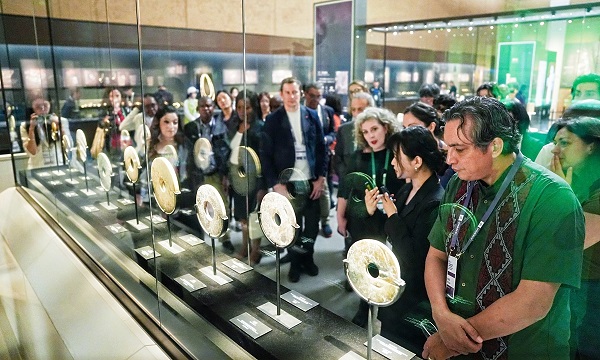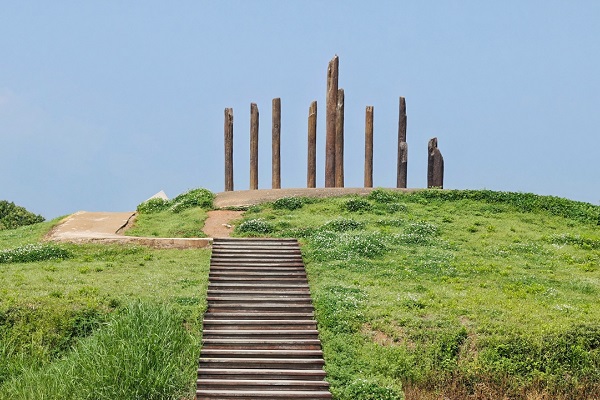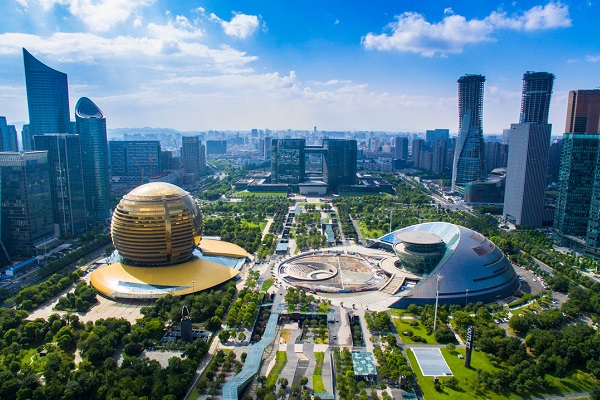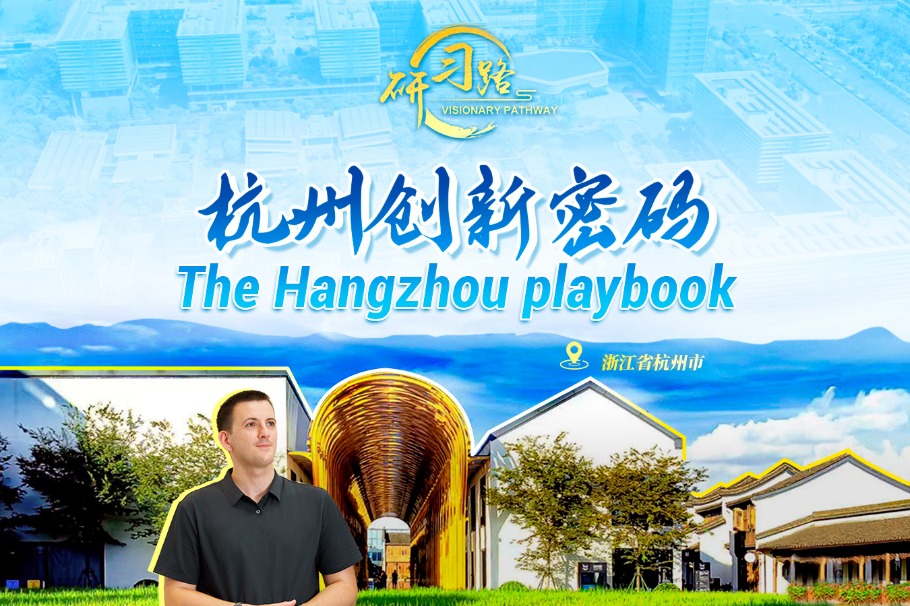Domestic museums offer experience on transformation of social roles

Visitors look at the Liangzhu jades at the Liangzhu Museum in Hangzhou, East China's Zhejiang Province, on April 23, 2025. Photos: Courtesy of organizers
With the May Day holidays around the corner, Beijing resident Meng Ting is well prepared to secure tickets to the Palace Museum once again. Having visited the institution multiple times in the past, her goal this time is to squeeze in a newly launched exhibition on garden culture in China and the wider world. The exhibition has already attracted significant attention, with enthusiastic visitors snapping up all currently available tickets.
On Wednesday, an international high-level forum for museums was held in East China's Hangzhou, more than a thousand kilometers away from Beijing. At the forum, Lou Wei, deputy curator of the Palace Museum, explained the reasons behind the popularity of the exhibition and presented it as an example of the transformation of the social role of Chinese museums to the attending guests around the world.
The third UNESCO High-Level Forum for Museums brought together over 190 attendees from more than 60 countries and regions, including museum administrators from around the world.
Notably, speeches by Chinese representatives discussing the transformation of China's museums - from a focus on preservation to active engagement with the public and the integration of digital technology - were met with nods of agreement from participants.
As the museum boom continues in China, the country's experience in transforming museums into dynamic spaces for education, cultural exchange, and community engagement through diverse approaches is offering valuable insights into museums worldwide.
Ernesto Renato Ottone Ramirez, UNESCO's Assistant Director-General for Culture, said that he hopes the world could become a museum where diverse cultures coexist in harmony.
Beyond shelters of cultural relics
"I have not visited the gardens of Jiangnan (the fertile and culturally rich region south of the Yangtze River in China) for a long time," Meng told the Global Times. "This time, I want to see how the atmosphere of a garden can be created in the palaces of the Forbidden City."
The exhibition in the Palace Museum also showcases the diverse styles of foreign gardens, including the villa gardens of Pompeii, medieval monastery gardens, the gardens of the Palace of Versailles in France, Japanese Edo-period gardens, and Monet's Garden.
Through techniques such as architectural models, restoration replicas, and historical spatial reconstructions, the exhibition vividly illustrates the design wisdom behind the gardens of the Forbidden City.
The deputy curator noted that the exhibition not only aims to teach visitors something about the history of gardens, but also gives them a chance to take a break in a relaxing atmosphere.
To accomplish the goal, they researched the exhibition's space planning and art design to create a feeling of wandering in gardens for visitors.
"We hope visitors can do more than just see how well these cultural relics are preserved; they can truly feel their beauty with their hearts," said Lou.
To broaden the social roles of museums, more creative approaches are being implemented in China.
Nitaya Kanokmongkol, executive director of the National Museum of Thailand and a participant in the forum, told the Global Times that she recognizes and appreciates these efforts.
The museums have not just been indoors in China.
During her visit to the Archaeological Ruins of Liangzhu Ancient City in Hangzhou, Kanokmongkol observed numerous sculptures depicting diverse gestures, bringing to life the daily activities and work of the ancestors who lived there thousands of years ago.
Some sculptures are set amid lush green rice fields, while others depict boating in the pools, transforming the ruins into a park-like space that allows visitors to connect with the past in a serene and leisurely atmosphere.

The Mojiaoshan site of the Archaeological Ruins of Liangzhu City in Hangzhou Photo: Courtesy of organizers
Embracing tech without overuse
Digital technology is playing a much more important role in revolutionizing Chinese museums' ways to interact with audiences, many attendees mentioned at the forum.
The Digital World of Rhino-Shaped Zun exhibition at the National Museum of China extends a digital exhibition for just one cultural relic. At the exhibition, AR technology allows visitors to participate in the restoration of the vessel, during which they can see the 17 artifacts located in the belly of the rhino.
In Nanjing, East China's Jiangsu Province, the "Jinling Scroll Digital Art Exhibition" at the Deji Art Museum recently opened to the public for free, attracting visitors eager to explore it.
Ai Lin, the director of the Deji Art Museum, told the Global Times that the exhibition integrates cutting-edge technology into a historic masterpiece, presenting a nearly 110-meter-long ultra-high-definition animated scroll.
Ding Pengbo, deputy curator of the National Museum of China, proposed at the forum that global museums should strengthen collaboration in exploring the use of advanced technologies, such as artificial intelligence (AI), to enhance their capacity for public service and create more immersive experiences for visitors.
While the role of digital technology in expanding the influence of museums has been widely recognized, Chinese experts in museum development, such as Lou, have emphasized the need for caution.
Lou warned that the excessive use of digital technology in creatively enhancing museums could backfire, as the very "wings" provided by technology might also lead to unintended consequences.
-
Visionary Pathway - Hangzhou Playbook
July 15, 2025



